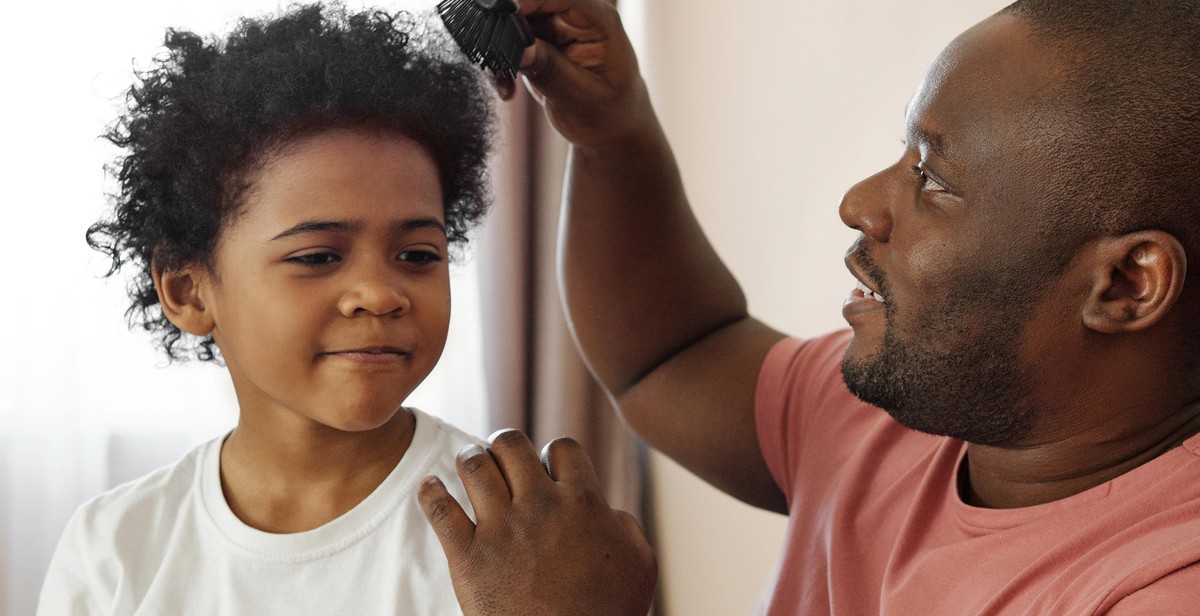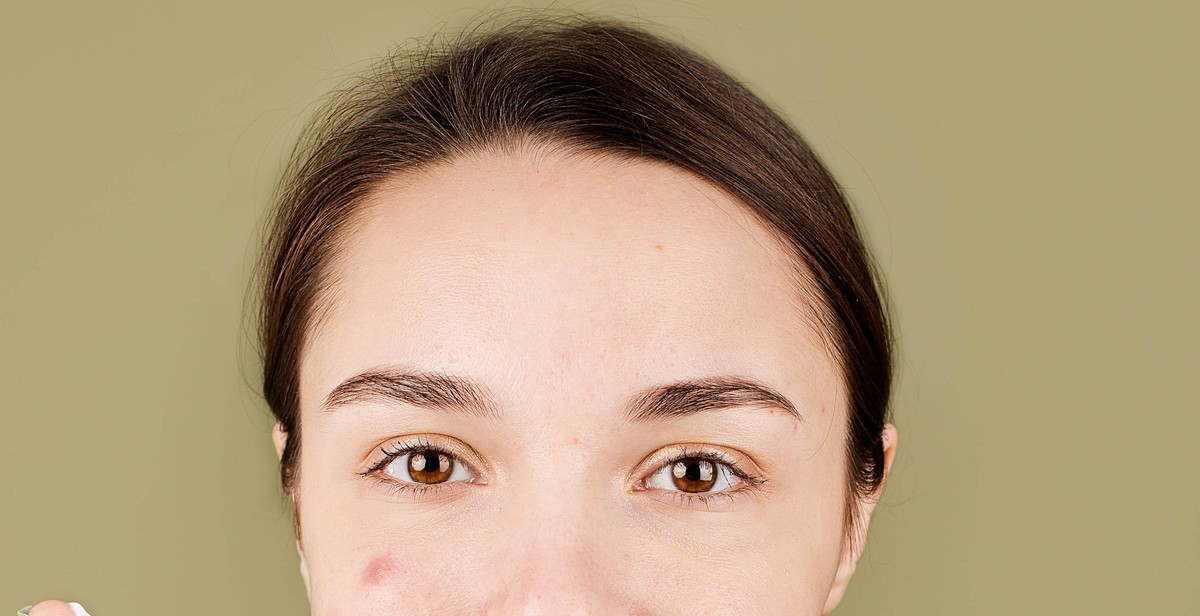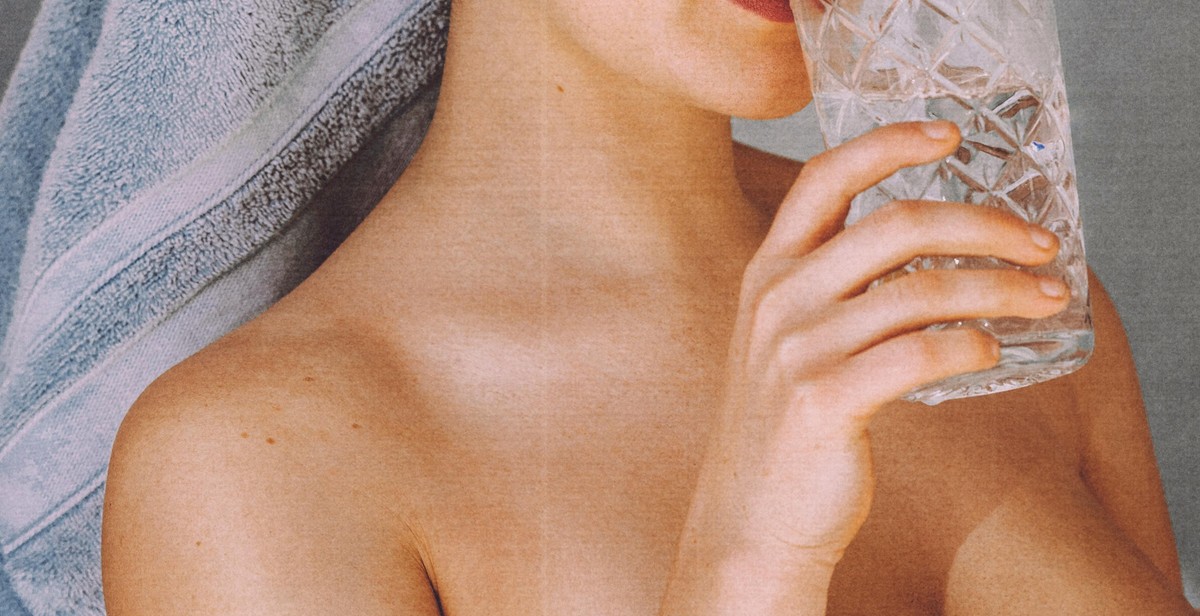How to Treat and Prevent Split Ends in Your Hair
Split ends are a common hair problem that occurs when the ends of your hair become dry, brittle, and frayed. This can happen due to a variety of reasons, including excessive heat styling, chemical treatments, and harsh hair products. Split ends can make your hair look dull, damaged, and unhealthy.
If left untreated, split ends can travel up the hair shaft, causing further damage and breakage. Therefore, it is important to take steps to treat and prevent split ends in your hair.
What are Split Ends?
Split ends, also known as trichoptilosis, occur when the protective outer layer of your hair, known as the cuticle, becomes damaged and starts to peel away from the hair shaft. This exposes the inner layers of your hair, making it vulnerable to further damage and breakage.
Split ends can be identified by their frayed, split appearance at the tips of your hair. They can occur in any hair type, texture, or length, but are more common in long hair due to the increased exposure to environmental stressors.
Why are Split Ends a Problem?
Split ends can make your hair look unhealthy and damaged. They can also cause your hair to tangle and break more easily, making it difficult to manage and style. If left untreated, split ends can travel up the hair shaft, causing further damage and breakage, and ultimately leading to hair loss.
Fortunately, there are steps you can take to treat and prevent split ends in your hair. By following a few simple tips and techniques, you can keep your hair healthy, strong, and free from split ends.

Causes of Split Ends
Split ends are a common hair problem that occurs when the protective outer layer of the hair cuticle breaks down, causing the hair to split into two or more strands. Split ends can make your hair look dull, dry, and damaged.
Overuse of Heat Styling Tools
One of the main causes of split ends is the overuse of heat styling tools, such as flat irons, curling irons, and blow dryers. The high temperatures from these tools can damage the hair cuticle, causing it to split and break. To prevent split ends from heat styling, try to limit the use of these tools or use them at a lower temperature setting.
Excessive Coloring, Perming or Relaxing
Chemical treatments such as coloring, perming, or relaxing can weaken the hair and cause split ends. These treatments can strip the hair of its natural moisture, making it more susceptible to damage. To prevent split ends, avoid excessive chemical treatments and always follow the instructions on the product label.
Lack of Moisture
Dry hair is more prone to split ends. When the hair lacks moisture, it becomes brittle and more likely to break. To prevent split ends, it is important to keep your hair moisturized by using a conditioner after shampooing and using a deep conditioning treatment once a week.
Environmental Factors
Environmental factors such as sun exposure, wind, and pollution can also cause split ends. These factors can damage the hair cuticle, causing it to become weak and break. To protect your hair from environmental damage, wear a hat or scarf when you are outside, and use a leave-in conditioner to help protect your hair from the elements.
| Cause | Prevention |
|---|---|
| Overuse of Heat Styling Tools | Limit use or use at a lower temperature setting |
| Excessive Coloring, Perming or Relaxing | Avoid excessive chemical treatments and follow product instructions |
| Lack of Moisture | Use conditioner after shampooing and deep conditioning treatment once a week |
| Environmental Factors | Wear a hat or scarf when outside and use a leave-in conditioner |

Symptoms of Split Ends
Split ends are a common hair problem that can be caused by various factors such as heat styling, chemical treatments, and environmental factors. It occurs when the protective outer layer of the hair cuticle wears away, leaving the inner layer exposed and vulnerable to damage. Some of the common symptoms of split ends are:
Visible Split Ends
One of the most obvious signs of split ends is the visible split or fork at the end of the hair shaft. The split may be slight or significant, depending on the extent of the damage. It can occur at any point along the hair shaft, but it is most common at the ends of the hair.
Rough and Dry Hair
Split ends can also cause the hair to become rough and dry. The hair may feel brittle and straw-like to the touch, and it may be difficult to style. This is because the protective cuticle layer is no longer able to retain moisture, leaving the hair dry and dehydrated.
Hair Breakage
Another symptom of split ends is hair breakage. When the hair is weakened by split ends, it becomes more prone to breakage and damage. This can lead to excessive hair loss and thinning, making it difficult to maintain healthy, voluminous hair.
To prevent split ends, it is important to take good care of your hair. This includes regular trims, avoiding heat styling, and using protective hair products. By following these simple steps, you can keep your hair healthy and split end-free.

How to Treat Split Ends
Split ends are a common hair problem that can make your hair look dull and damaged. If left untreated, split ends can travel up the hair shaft and cause even more damage. Fortunately, there are several ways to treat split ends and prevent them from coming back.
Trimming Your Hair
The most effective way to treat split ends is to trim them off. This may mean cutting off a few inches of hair, but it will prevent the split ends from spreading and causing more damage. It’s recommended to get a trim every 6-8 weeks to keep split ends at bay.
Moisturizing Your Hair
Dry hair is more prone to split ends, so it’s important to keep your hair moisturized. Use a conditioner after shampooing to hydrate your hair and lock in moisture. You can also use a leave-in conditioner or hair oil to provide extra moisture. Be sure to avoid over-washing your hair, as this can strip it of natural oils and make it more prone to split ends.
Using Hair Masks
Hair masks are a great way to give your hair an extra boost of moisture and nourishment. Look for hair masks that contain ingredients like argan oil, coconut oil, or shea butter, which can help repair split ends and prevent them from coming back. Apply the hair mask once a week and leave it on for at least 20 minutes before rinsing it out.
| Tip: | When applying conditioner or hair masks, focus on the ends of your hair where split ends are most likely to occur. |
|---|
By following these tips, you can effectively treat split ends and prevent them from coming back. Remember to trim your hair regularly, moisturize it with conditioner and hair oils, and use hair masks to give it an extra boost of hydration and nourishment.

Preventing Split Ends
Preventing split ends is crucial to maintaining healthy hair. Here are some tips to help you prevent split ends:
Reduce Heat Styling
Heat styling tools such as flat irons, curling irons, and hair dryers can cause damage to your hair and lead to split ends. To prevent this, reduce your use of heat styling tools, and when you do use them, use a heat protectant spray to minimize damage.
Avoid Overprocessing Your Hair
Chemical treatments such as coloring, perming, and relaxing can also cause damage and lead to split ends. Avoid overprocessing your hair by spacing out chemical treatments and using gentle, sulfate-free shampoos and conditioners.
Protect Your Hair from Environmental Factors
Environmental factors such as sun exposure, wind, and pollution can also damage your hair and cause split ends. Protect your hair by wearing a hat or scarf when outdoors and using a leave-in conditioner with UV protection.
Regular Haircuts
Regular haircuts are essential to preventing split ends. Getting a trim every 6-8 weeks will help prevent split ends from traveling up the hair shaft and causing further damage.
| Prevention Techniques | Benefits |
|---|---|
| Reduce Heat Styling | Minimizes damage caused by heat styling tools |
| Avoid Overprocessing Your Hair | Prevents chemical damage to hair |
| Protect Your Hair from Environmental Factors | Minimizes damage caused by environmental factors |
| Regular Haircuts | Prevents split ends from traveling up the hair shaft |
